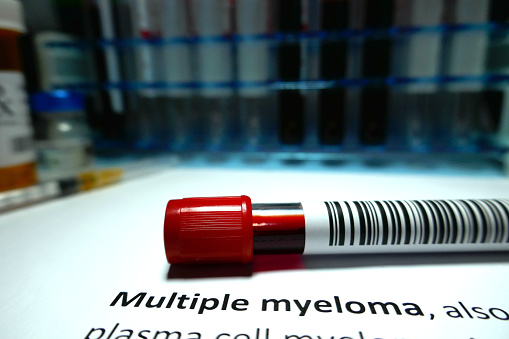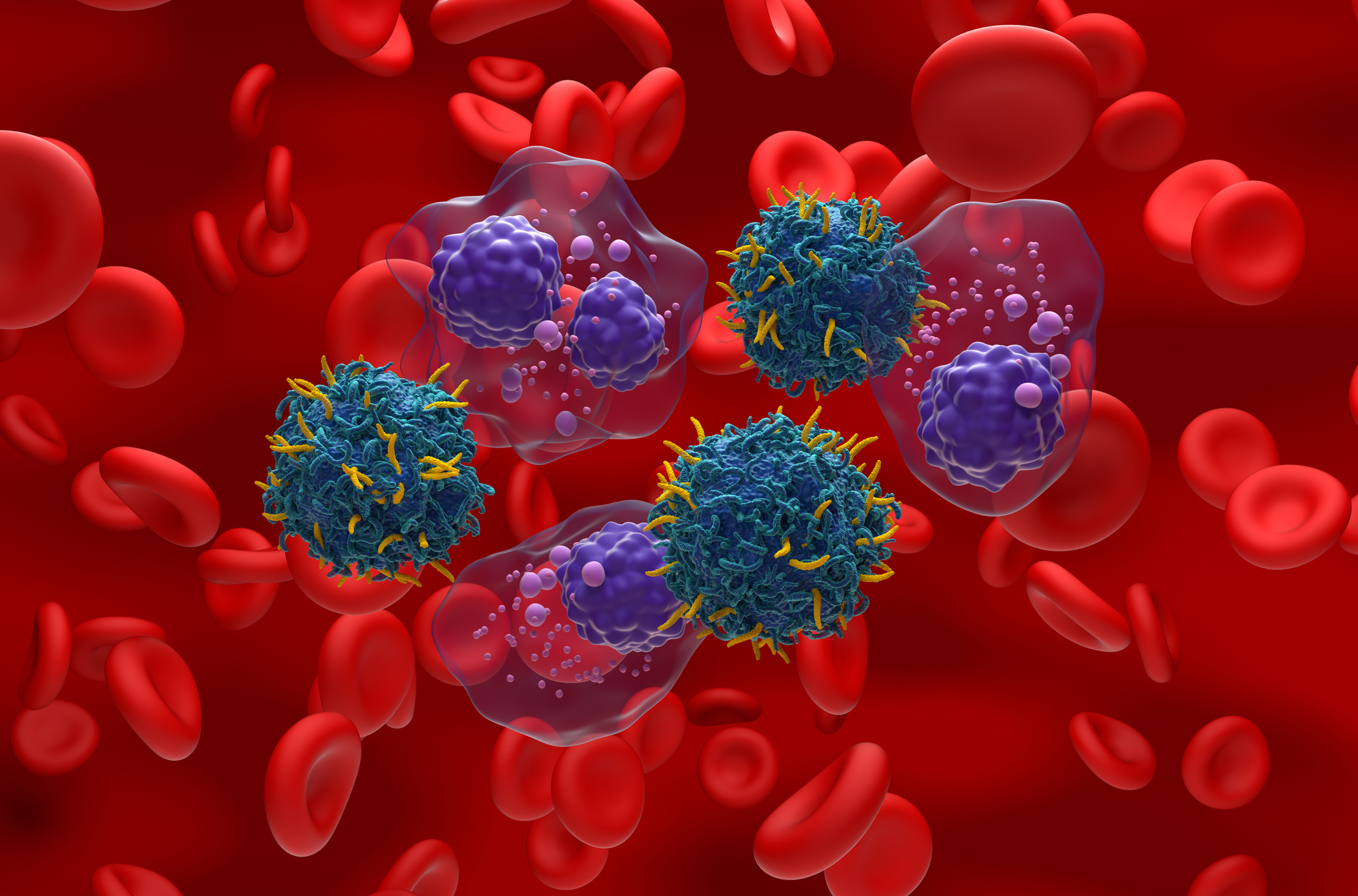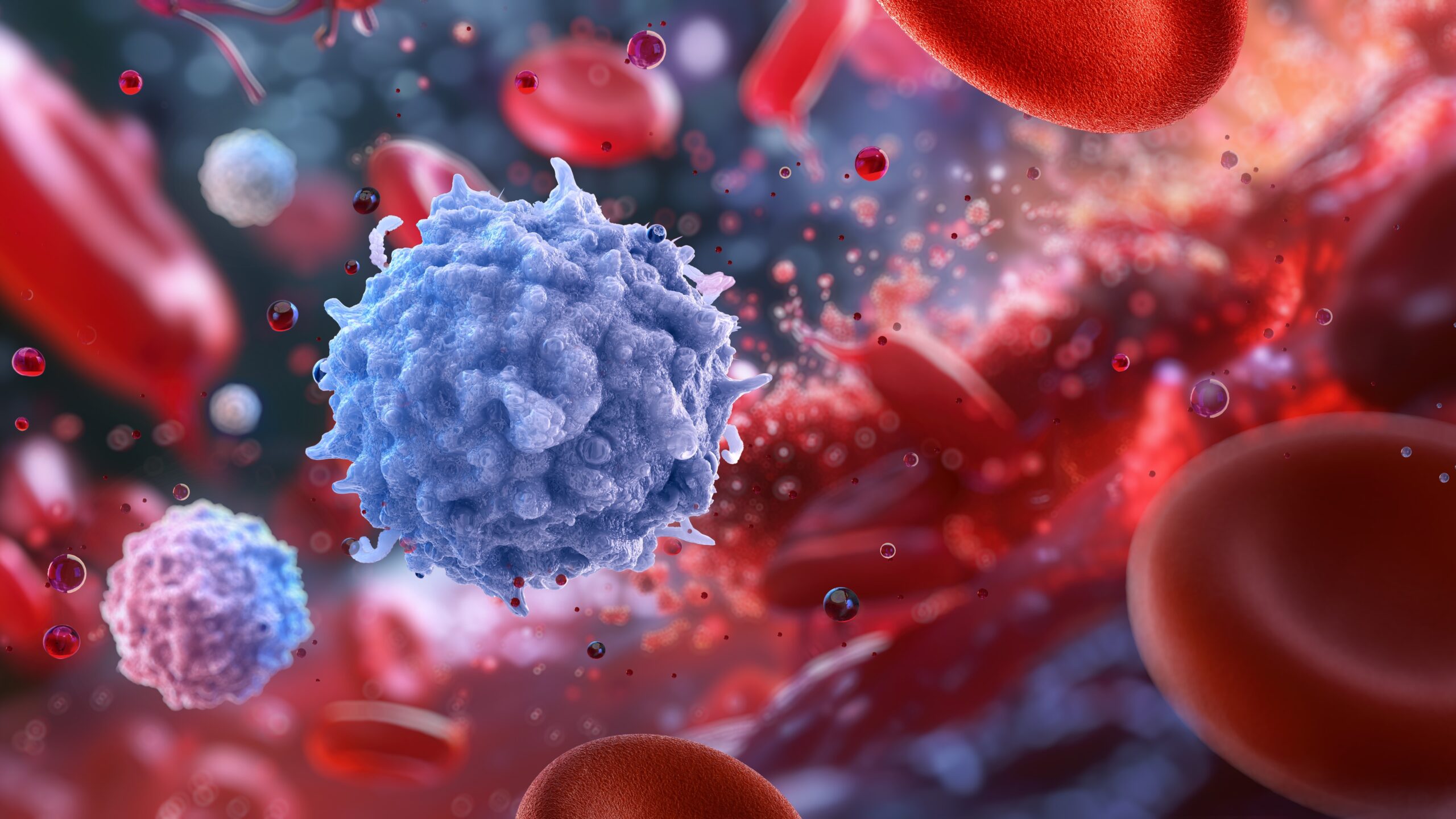
While first-line use of novel agents has improved outcomes for some patients with multiple myeloma (MM), novel agents did not significantly improve outcomes in patients with t(11;14), according to a recent study.
Borja Puertas, MD, of the University Hospital of Salamanca, and colleagues conducted the research.
They conducted a retrospective study of 591 patients with MM, establishing three groups of patients based on cytogenetic features. The group for t(11;14) included 96 patients, the group for high-risk chromosomal abnormalities included 104 patients, and the group for standard-risk disease included 391 patients.
There was no significant difference in overall survival (OS) between the group with t(11;14) and the group with standard-risk disease at a median follow-up of 80.1 months (75.8 months vs 87.2 months; P=.438).
Most patients (63.6%) received novel agents as an induction treatment, while 36.4% received conventional therapy. Nearly half (45.6%) of patients underwent autologous hematopoietic stem cell transplantation.
Across the entire cohort, patients who received novel agents as a first-line treatment had progression-free survival (PFS) of 31.1 months, significantly longer than the PFS of 27.3 months in those who received conventional therapies (hazard ratio [HR], 1.3; 95% CI, 1.1-1.6; P=.010). Patients receiving novel agents as a first-line treatment also had a significantly longer OS (93.2 months) than those who received conventional therapies (66.6 months; HR, 1.4; 95% CI, 1.1-1.7; P=.003).
However, patients with t(11;14) who received novel agents did not have an improved overall response rate (ORR) or complete response (CR) rate compared with those who received conventional therapy.
The ORR was 87.2% for patients with t(11;14) who received novel agents, while it was 79.5% for those who received conventional therapy (P=.336). The CR rate was 23.4% in patients with t(11;14) who received novel agents, while it was 12.8% for those who received conventional therapy (P=.215).
There were no significant differences in PFS nor OS durations in patients with t(11;14) who received novel agents and those who received conventional therapies. The PFS was 39.6 months for patients with t(11;14) who received novel agents, while it was 30 months for those who received conventional therapy (P=.450). The OS was 107.6 months for patients with t(11;14) who received novel agents, while it was 75.7 months for those who received conventional therapy (P=.175).
“In summary, MM t(11;14) patients did not benefit from the introduction of novel agents as much as [standard-risk] patients did, indicating that other therapies are needed to improve their outcomes,” the study’s authors concluded.
Reference
Puertas B, González-Calle V, Sobejano-Fuertes E, et al. Multiple myeloma with t(11;14): impact of novel agents on outcome. Blood Cancer J. 2023;13(1):40. doi:10.1038/s41408-023-00807-9






 © 2025 Mashup Media, LLC, a Formedics Property. All Rights Reserved.
© 2025 Mashup Media, LLC, a Formedics Property. All Rights Reserved.